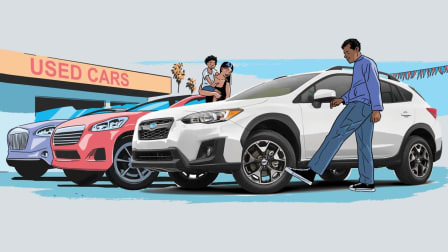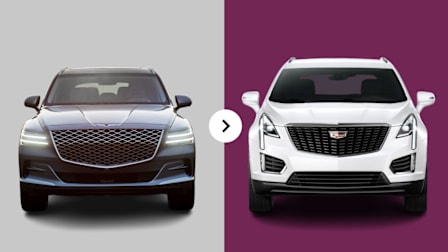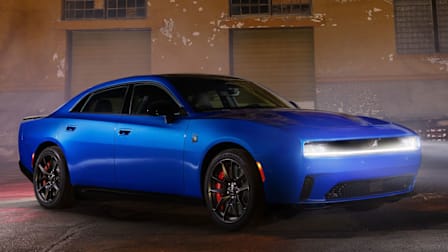Which Type of Car Navigation System Is Best?
CR's experts share the pros and cons of built-in navigation systems, stand-alone GPS devices, and navigation apps
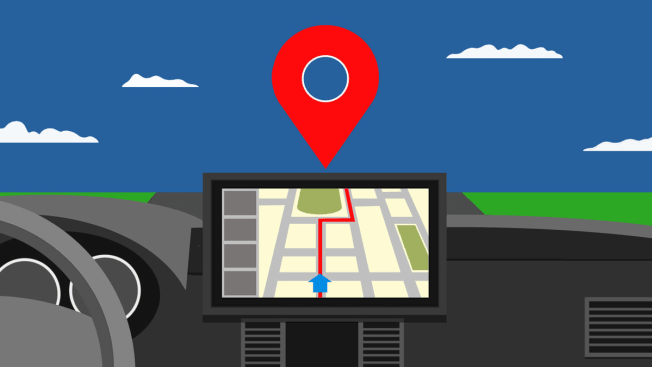
There’s no excuse for getting lost these days. Navigation systems now come as standard equipment in many cars—both new and used—and are also available as stand-alone GPS devices or apps—like Waze and Google Maps—that you can download for free to your phone. All of these provide turn-by-turn directions and real-time traffic data to help you find the best and fastest route to wherever you’re going. Some, however, are better than others, depending on your priorities and budget.
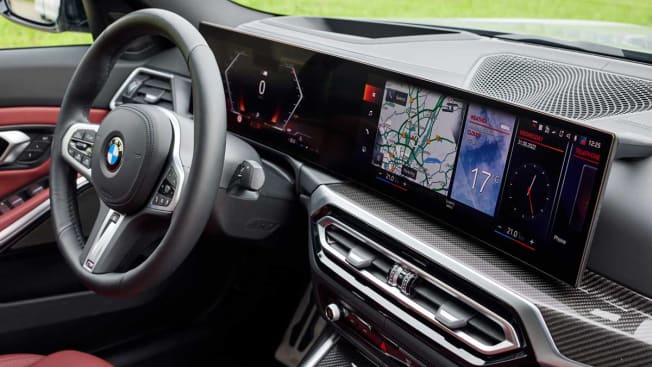
Photo: BMW Photo: BMW
Stand-Alone GPS
What it is: A stand-alone device from companies like Garmin or TomTom that attaches to your dashboard or windshield and gives turn-by-turn directions on a relatively large screen. These models are ideal for someone with an older car that has an obsolete built-in navigation system or no infotainment screen and who doesn’t want to use a phone for navigation.
Pros: In addition to providing navigation, a stand-alone GPS can act as an infotainment screen, pairing with your phone to provide real-time traffic updates and even hands-free calling through a built-in microphone and speaker. Some models also include backup cameras, which can be an added convenience if your car does not already have one.
Cons: They’re pricey (ranging from about $100 to well over $300) and add to dashboard clutter. As with built-in systems, there may also be a fee to update maps.

Photo: Garmin Photo: Garmin
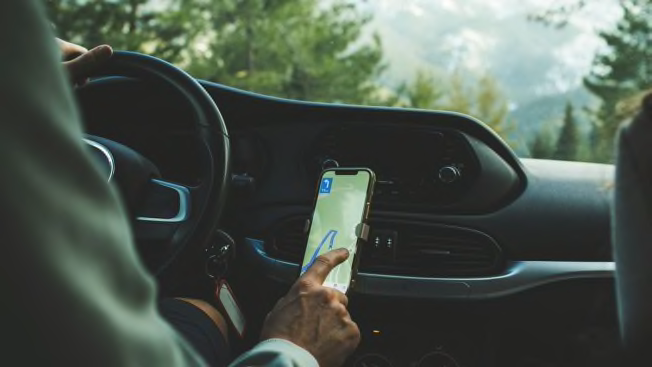
Photo: Getty Images Photo: Getty Images
Editor’s Note: This article also appeared in the February 2024 issue of Consumer Reports magazine.

















